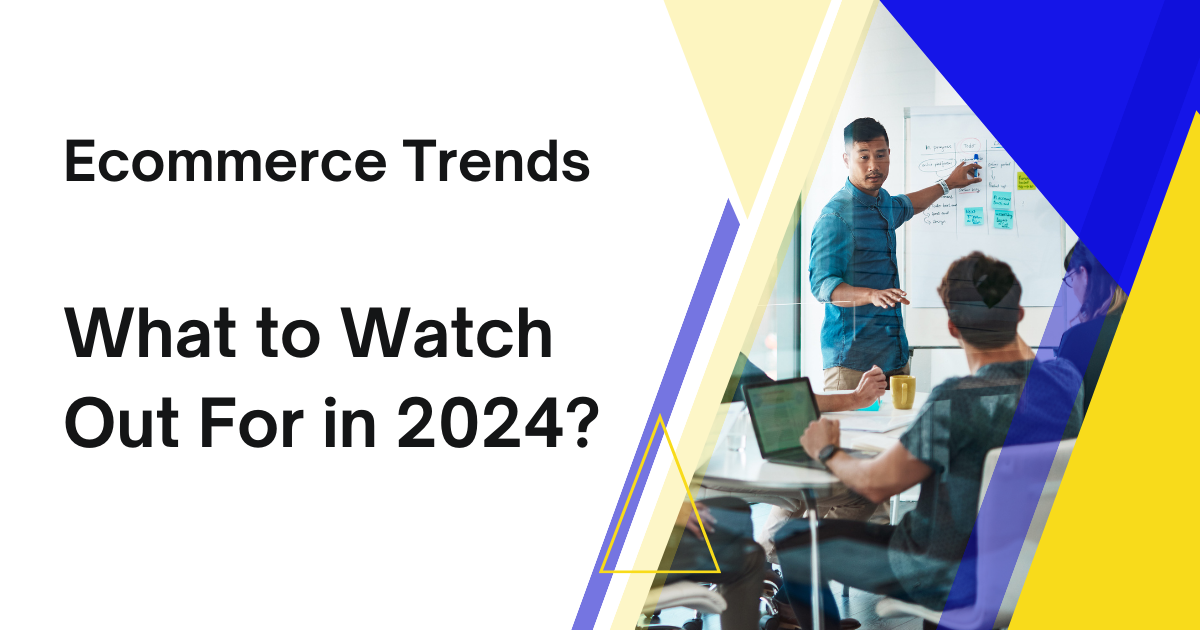
The world of online shopping is always changing. Every year, new trends and technologies emerge, shaping how businesses sell their products and services online. In 2024, we can expect to see some exciting developments that will significantly impact the ecommerce landscape. From the rise of headless commerce to the growing importance of voice search, there are several trends that ecommerce businesses need to be aware of.
In this article, we will explore some of the key ecommerce trends that are expected to dominate the landscape in 2024. We will discuss the benefits of these trends and provide insights into how you can incorporate them into your own ecommerce strategy. So, let’s dive in and discover what the future holds for ecommerce.
What is Headless Commerce?
Headless commerce is a type of ecommerce architecture that separates the front-end (the part of the website that customers see) from the back-end (the part that handles the underlying business logic and data). This separation allows for greater flexibility and customization, as businesses can choose different front-end technologies and platforms to suit their specific needs.
Benefits of Headless Commerce for Ecommerce Businesses
There are many benefits to using headless commerce for ecommerce businesses, including:
- Increased flexibility: Headless commerce allows businesses to choose the best front-end technology for their needs, whether it’s a traditional website, a mobile app, or a voice-activated interface.
- Improved scalability: Headless commerce can be more scalable than traditional ecommerce platforms, as businesses can easily add or remove front-end channels without affecting the back-end.
- Faster time to market: Headless commerce can help businesses to get their products to market more quickly, as they can make changes to the front-end without having to update the entire system.
- Enhanced user experience: Headless commerce can help businesses to create more personalized and engaging user experiences, as they can tailor the front-end to the specific needs of their customers.
